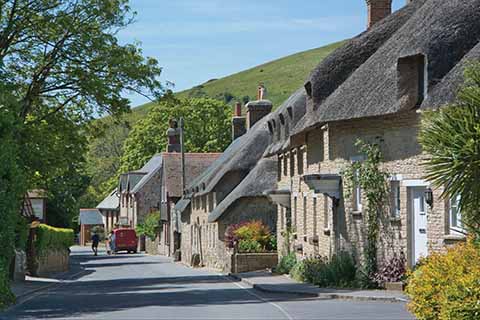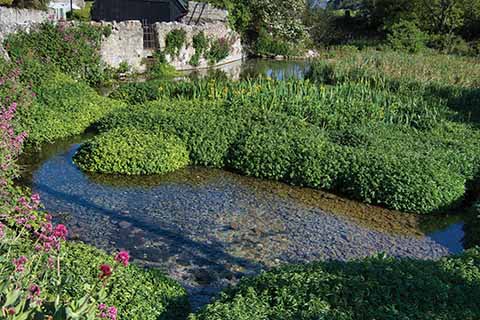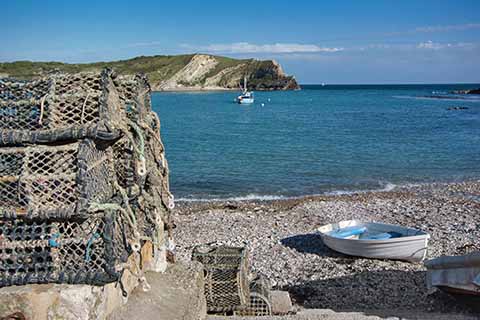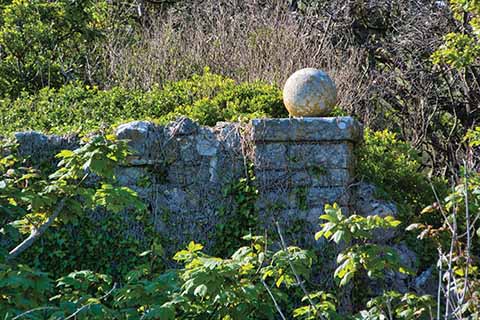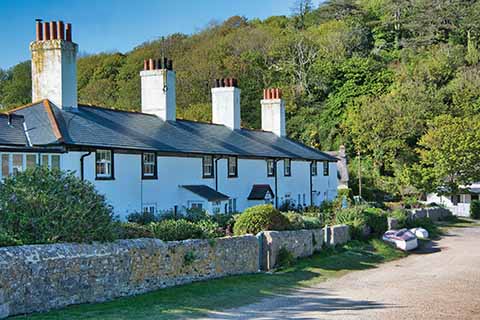Dorset Village – West Lulworth & Cove
Ken Ayres takes his camera to an idyllic seaside village
Published in January ’20
Arthur Mee, in his book The King’s England, starts his description of this village with: ‘Lulworth. It has grown up into East and West, East Lulworth a village apart with its castle, and West Lulworth, beloved of millions and known simply as Lulworth lies round a little bay in the grand coastline.
‘The Cove,’ Mee continues, ‘something like a mile round, is a perfect reproduction of a mountain tarn with a small portion of one of its sides bitten away.’
That ‘mountain’ is Bindon Hill and it was down a cliff of this peak that an eleven-year-old girl fell 380 feet on 7 September 1892. She was taken to a coastguard cottage, where the surgeon who four years before had performed the first appendectomy in England, Sir Frederick Treves, was summoned to her assistance. Here we have the first of two Lulworth related book coincidences. Treves, when he received word of the accident, had been reading a book by the girl’s father.
The second book coincidence concerns two giants of English poetry. Mee again: ‘Rupert Brooke, boating off these rocks, reading Keats as he lay, dropped his book overboard and jumped in and rescued it. He did not know then that on these very rocks John Keats himself spent one of the last happy days of his life, but he discovered it four years later and wrote home to tell his mother “the most amazing thing”. What seemed to him amazing was the coincidence that he had dropped his Keats into the sea just where Keats spent his last day in England and wrote his last sonnet.’
Keats had been so uplifted by his visit. His friend Joseph Severn, with whom he was travelling to Italy, described how the beach and caves, the fine green turf and the cottages, ‘lifted Keats once more into a state of exaltation’.
On returning to the boat, Keats took a volume of Shakespeare he had given to Severn a few days before and wrote on the flyleaf the last of his sonnets: Bright Star.
The book publisher, author and essayist, Roland Gant, started his description with the simple enjoinder: ‘West Lulworth and Lulworth Cove are best visited outside the main holiday months if you want to look around the village, which has many interesting cottages of late 18th- and early 19th-centuries and of earlier dates.’
He describes the Cove as ‘a 400-foot breach in the Portland stone cliffs, through which has been washed out the softer rocks sands and clays. To the West is Stair Hole, narrower and even more dramatic, another inroad of the sea that shows the tremendous past pressures in the tortured strata now startlingly revealed.’
Gant, is unashamedly smitten with Lulworth, like Treves. And Mee. And me.
